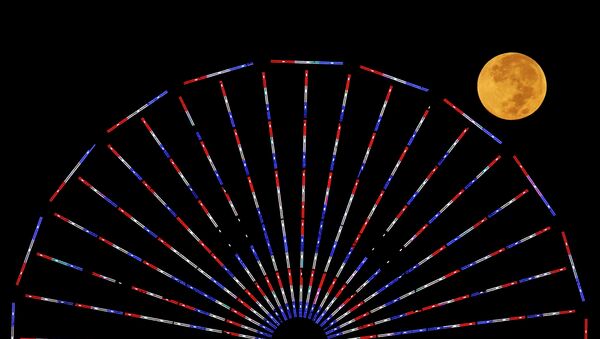People in the eastern regions of North America and all of South America can see the rare spectacle after sunset this Sunday, September 27, while Europe, the Middle East and Africa will be able to catch a glimpse of it on the morning of the 28th. The next time such an event will occur won’t be until the year 2033, NASA said.
Cloudy weather in the Western US is projected to hurt viewing conditions there, but NASA will be providing a livestream for the occasion.The broadcast will begin at 8 PM from the Marshall Space Flight Center in Huntsville, Alabama.
Online robotic telescope service Slooh will also be livestreaming at 8 PM EDT.
The moon will begin to dim at 8:11 PM EDT Sunday, with the total lunar eclipse commencing at 10:11 PM. The eclipse will make the moon glow red, lending the phenomenon the nickname of blood moon. It will peak at 10:47 and will last 72 minutes.
“Because the orbit of the moon is not a perfectly circular, the moon is sometimes closer to the Earth than at other times during its orbit,” said Noah Petro, deputy project scientist for the Lunar Reconnaissance Orbiter at NASA’s Goddard Space Flight Center in Greenbelt, Maryland.
A blood moon is a rare astronomical event. Two things have to happen at the same time: the closest point of the Moon’s orbit with Earth must coincide with a total lunar eclipse. It’s only happened 5 times since 1900 — in 1910, 1928, 1946, 1964 and 1982.
“When the moon is farthest away it’s known as apogee, and when it’s closest it’s known as perigree. On September 27 we’re going to have a perigree full moon — the closest full moon of the year,” Petro said.
Sputnik will carry NASA’s broadcast of the spectacular astronomical oddity live.



